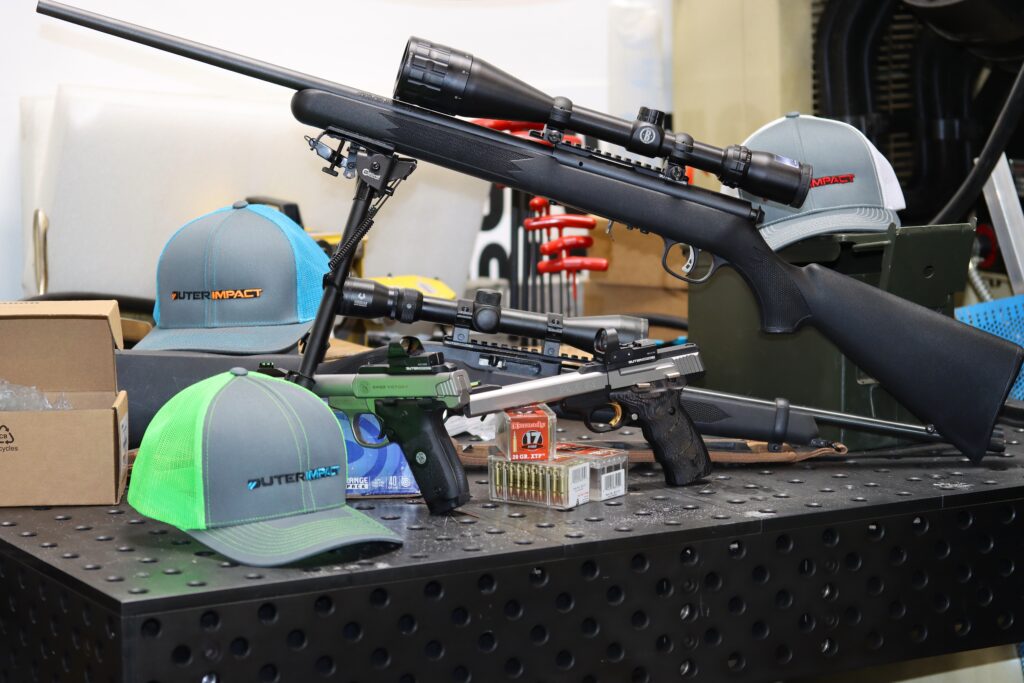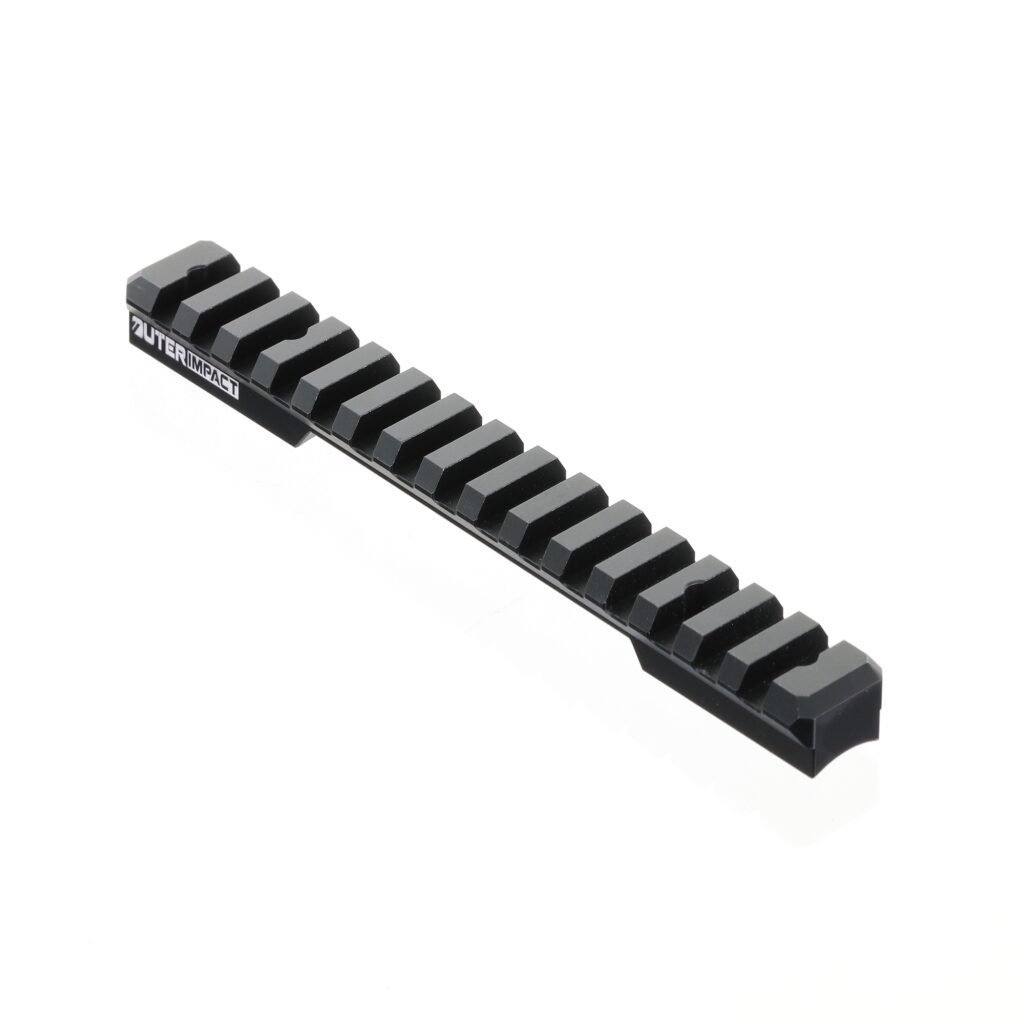How to Choose the Right Picatinny Rail: A Comprehensive Guide
Introduction
In a previous article, “A Guide to Understanding Picatinny Rails: Types and Applications,” we explored the various types of Picatinny rails and their applications. Now, armed with that knowledge, it’s time to take the next step: choosing the right Picatinny rail for your specific needs. Whether you’re mounting scopes, lights, or other accessories, this guide will walk you through the decision-making process to ensure you make an informed choice.

1. Assess Your Firearm and Accessory Needs
1.1 Determine Your Accessories
Before selecting a Picatinny rail, make a list of the accessories you intend to mount. Different accessories require varying amounts of rail space, so knowing your setup is crucial.
1.2 Examine Your Firearm
Ensure your firearm is compatible with the type of Picatinny rail you desire. For example, not all firearms can accommodate railed handguards or scout mounts.
2. Consider the Type of Picatinny Rail
2.1 Standard Picatinny Rails
If you need versatility and compatibility with a wide range of accessories, standard Picatinny rails are a reliable choice.
2.2 KeyMod and M-LOK Compatible Rails
For a sleek and lightweight setup, consider KeyMod or M-LOK rails if your accessories are compatible.
2.3 Offset Picatinny Rails
When quick transitions between optics or accessories are crucial, offset rails are worth considering.
2.4 Railed Handguards
Railed handguards are an excellent choice for AR-15 platforms, offering ample accessory space while maintaining aesthetics.
2.5 Scout Mount Rails
Scout mount rails are ideal if you plan to use long eye relief scopes or holographic sights.
3. Length and Slot Count
3.1 Length Matters
Choose a rail length that accommodates all your accessories without unnecessary excess. Longer rails offer more versatility but may add unnecessary weight.
3.2 Slot Count for Accessories
Ensure your chosen rail has enough slots to mount your accessories comfortably. Factor in future accessory additions.
4. Material and Durability
4.1 Aluminum
Most Picatinny rails are made of lightweight and durable aluminum, suitable for most applications.
4.2 Steel
If durability is paramount, opt for steel rails, which are more robust but heavier.
5. Mounting Ease and Compatibility
Check if the rail is easy to install on your firearm and if it’s compatible with your preferred mounting hardware.
6. Budget Considerations
Set a budget and stick to it. Fortunately, Picatinny rails come in various price ranges, so you can find one that fits your budget while meeting your needs. OuterImpact rails are extremely well priced.

7. Conclusion
Selecting the right Picatinny rail is crucial for optimizing your firearm setup. By assessing your firearm and accessory needs, considering the type of Picatinny rail, evaluating length and slot count, and factoring in material, durability, mounting ease, and budget considerations, you can confidently choose the perfect rail for your shooting needs. Remember, a well-chosen Picatinny rail is the foundation for a customized and effective firearm setup. All OuterImpact Picatinny Rails are precision machined from billet aluminum and must meet our strict quality control specifications.
Whether you’re a competitive shooter, a hunter, or a firearm enthusiast, the right Picatinny rail will enhance your shooting experience, making every shot count. Make your choice wisely and enjoy the benefits of a well-accessorized firearm.

Thanks have a blessed day God bless you and your family. It was very informative.